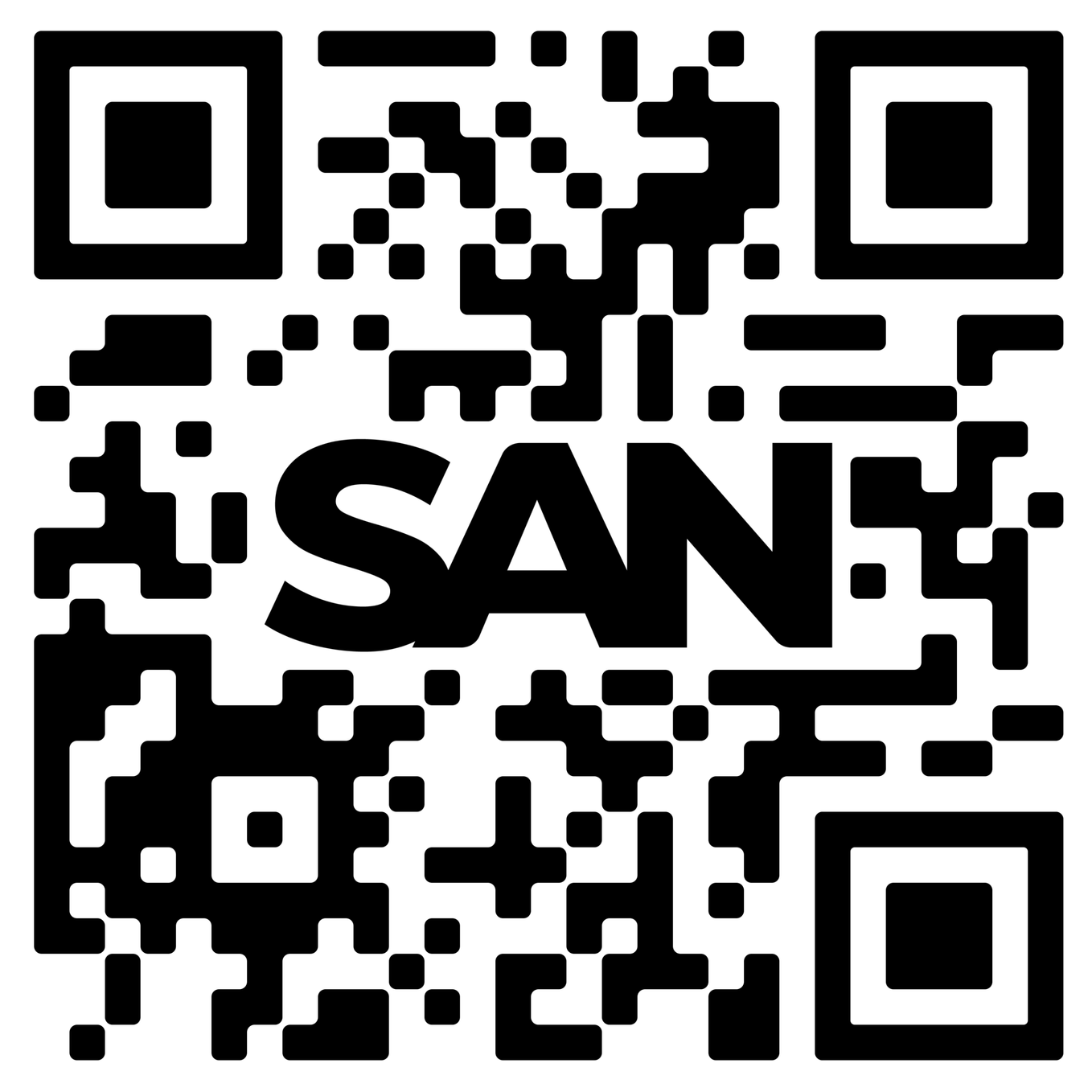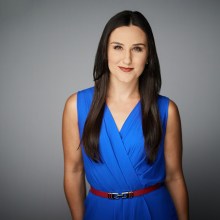
Powell says Federal Reserve is in no ‘hurry to cut rates quickly’
By Simone Del Rosario (Business Correspondent), Brent Jabbour (Senior Producer), Emma Stoltzfus (Editor)
Experts say the greatest threat to the economy in the next year isn’t the upcoming election or even conflict in the Middle East or Ukraine. More professional forecasters say a monetary policy mistake by the Federal Reserve poses the greatest downside risk.
Media Landscape
See how news outlets across the political spectrum are covering this story. Learn moreBias Distribution
Left
Right
Untracked Bias
This month, the Federal Reserve adjusted its policy rate for the first time in 14 months. The Fed cut its benchmark interest rate by 50 basis points in a supersized kickoff to the rate-cutting cycle. But in a speech Monday, Sept. 30 in Nashville, Fed Chair Jerome Powell essentially said not to read too much into the size of that first cut.

Download the SAN app today to stay up-to-date with Unbiased. Straight Facts™.
Point phone camera here
“This is not a committee that feels like it’s in a hurry to cut rates quickly. It’s a committee that wants to be guided,” Powell said. “Ultimately, we will be guided by the incoming data, and if the economy slows more than we expect, then we can cut faster. If it slows less than we expect, we can cut slower. And that’s really what’s going to decide it.”
We’re recalibrating policy to maintain the strength in the economy, not because of weakness in the economy.
Federal Reserve Chair Jerome Powell
The Fed’s goal is a soft landing, where they raise rates high enough to bring down inflation without triggering a recession. So far, they’ve reached the rate-cut part of the equation without a recorded recession.
“Our design overall is to achieve disinflation down to 2% without the kind of painful increase in unemployment that has often come with these inflation processes,” Powell said during the National Association for Business Economics annual meeting. “That’s been our goal all along. We’ve made progress toward it. We haven’t completed that task.”
The Fed’s preferred inflation gauge is down to 2.2%, a hair above its 2% target, while core inflation is higher at 2.7%. Meanwhile, the unemployment rate climbed to 4.2% from the 3.4% low hit in January and April 2023.
Federal Reserve board members and bank presidents project unemployment will rise to 4.4% by the end of this year and next, while core inflation won’t hit the 2% target until 2026.
While unemployment is higher than the modern-era lows experienced not too long ago, Powell rebuffed worries about the weakening labor market.
“Just take the current situation,” he said. “What you see is solid growth in the economy and what you see is a solid labor market. So in a way, the measures we’re taking now are really due to the fact that our stance is due to be recalibrated, but at a time when the economy is in solid condition, that’s what we’re doing. We’re recalibrating policy to maintain the strength in the economy, not because of weakness in the economy.”
The Fed will meet two more times this year, with its next 2-day meeting right after the election.
Get up to speed on the stories leading the day every weekday morning. Sign up for the newsletter today!
Learn more about our emails. Unsubscribe anytime.
By entering your email, you agree to the Terms & Conditions and acknowledge the Privacy Policy.
Right now, markets are leaning more toward a 25-basis-point cut rather than a 50-basis-point cut in November, according to CME’s FedWatch. Assuming those in the 25-basis-point camp are correct, that would bring the target range down to 4.5% to 4.75%.
Traders are then projecting the rate will drop down to between 4% and 4.25% following the December meeting, which would equate to a 50-basis-point cut. That’s higher than the 4.4% the Fed itself is projecting.
Simone Del Rosario
Experts say the greatest threat to the economy in the next year isn’t the upcoming election or even conflict in the Middle East or Ukraine. More professional forecasters say a monetary policy mistake by the Federal Reserve poses the greatest downside risk.
This month, the Federal Reserve adjusted its policy rate for the first time in 14 months. The Fed cut its benchmark interest rate by 50 basis points in a supersized kickoff to the rate-cutting cycle.
But in a speech Monday in Nashville, Fed Chair Jerome Powell said not to read too much into the size of that first cut.
Jerome Powell: This is not a committee that feels like it’s in a hurry to cut rates quickly. It’s a committee that wants to be guided. Ultimately, we will be guided by the incoming data, and if the economy slows more than we expect, then we can cut faster. If it slows less than we expect, we can cut slower. And that’s really what’s going to decide it.
Simone Del Rosario: The Fed’s goal is a soft landing, where they raise rates high enough to bring down inflation without triggering a recession. And so far, they’ve reached the rate-cut part of the equation without a recorded recession.
Jerome Powell: Our design overall is to achieve disinflation down to 2% without the kind of painful increase in unemployment that has often come with this inflation processes. That’s been our goal all along. We’ve made progress toward it. We haven’t completed that task.
Simone Del Rosario: The Fed’s preferred inflation gauge is down to 2.2%, a hair above its 2% target, while core inflation is higher at 2.7%.
Meanwhile, the unemployment rate climbed to 4.2% from the 3.4% low hit in January 2023.
Federal Reserve board members and bank presidents project unemployment will rise to 4.4% by the end of this year and next, while core inflation won’t hit the 2% target until 2026.
While unemployment is higher than the modern-era lows experienced not too long ago, Powell rebuffed worries about the weakening labor market.
Jerome Powell: Just take the current situation. What you see is solid growth in the economy so and what you see is a solid labor market. So in a way, the measures we’re taking now are really due to the fact that our stance is due to be recalibrated, but at a time when the economy is in solid condition, that’s what we’re doing. We’re recalibrating policy to maintain the strength in the economy, not because of weakness in the economy.
Simone Del Rosario: The Fed will meet two more times this year, with its next 2-day meeting right after the election.
Right now, markets are leaning more toward a 25 basis point cut rather than a 50 basis point cut in November, according to CME’s FedWatch. Assuming they’re correct, then we have more traders pricing in a 50 basis point cut in December, which would bring the rate down to between 4% to 4.25%. That’s higher than the 4.4% the Fed itself is projecting.
We’ll have the latest unemployment numbers for you live on Friday, Oct. 4 at 8:30 am ET, join me then on the Straight Arrow News YouTube page as we bring you that report the minute it comes in.
Media Landscape
See how news outlets across the political spectrum are covering this story. Learn moreBias Distribution
Left
Right
Untracked Bias
Straight to your inbox.
By entering your email, you agree to the Terms & Conditions and acknowledge the Privacy Policy.
MOST POPULAR
-
 Reuters
Reuters
Diddy’s defense attorney abruptly requests withdrawal from case
Watch 1:4015 hrs ago -
 Getty Images
Getty Images
Judge allows CNN lawsuit potentially worth billions to continue
Read19 hrs ago -
 Reuters
Reuters
It’s a bird, it’s a plane, it’s the first video of Alef Aeronautics’ flying car
Watch 2:1320 hrs ago -
 Getty Images
Getty Images
Democrats in Congress receive lowest approval rating in Quinnipiac poll history
Watch 2:5921 hrs ago




